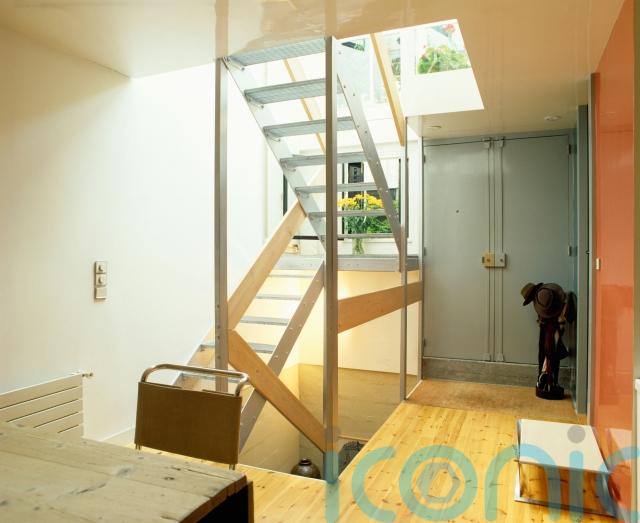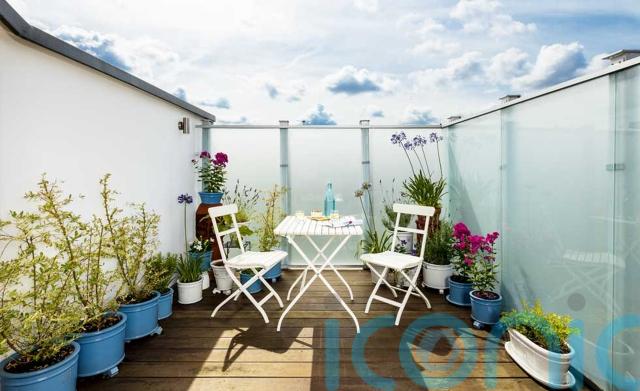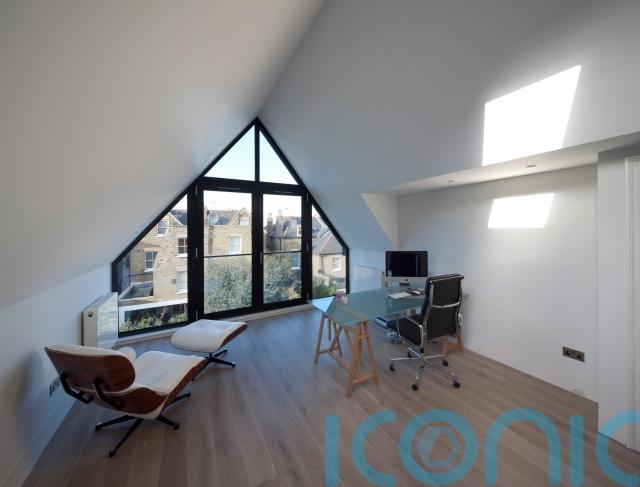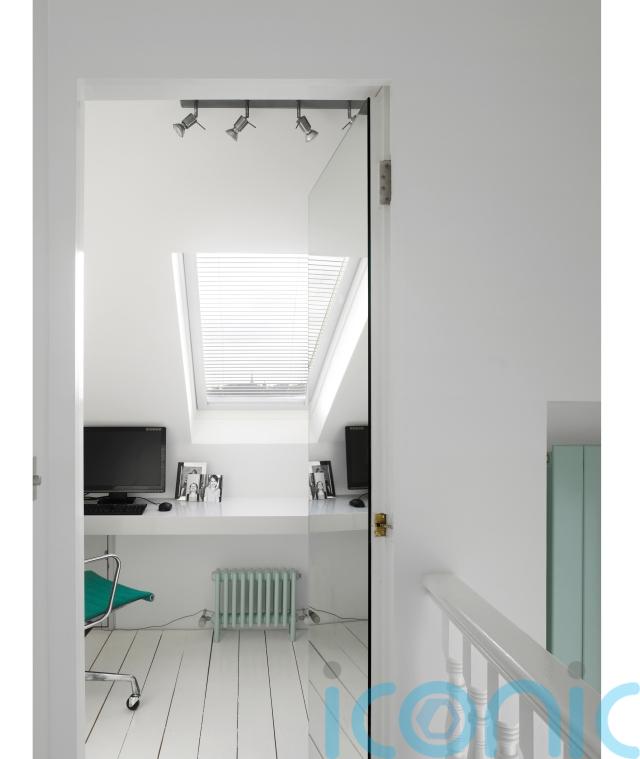
Most of us will agree our homes are never big enough – and when it comes to home improvements, vertical extensions are right up there.
Whether you’re longing for an extra bedroom, bathroom, office or gym, this home improvement can be a game changer.
And few people know this better than Jo Dyson, serial property renovator, co-founder of Mae House Design, and guest presenter for The Homebuilding & Renovating Show.
She has a string of renovation projects under her belt, including her South London flat which she enriched by carrying out a loft extension; along with a roof terrace and reconfiguring the first floor – doubling its size from 600 to 1,200 square feet.
The result? A light-filled, open-plan kitchen, living and dining area with skyline views and a sun-drenched roof terrace.
Here, Dyson draws on first-hand experience, sharing her expertise on how to make a vertical extension work for you, and what to know before you start…
Check what’s possible – don’t assume you can build up
Before calling in builders, find out what your local planning authority allows…
While recent reforms have introduced permitted development rights for certain upward extensions, not all homes qualify, explains Dyson.
“Flats, for example, don’t benefit from the same permitted development rights as houses – you’ll still need full planning permission – especially if you’re changing the roof shape or adding height in a conservation area.”
And if you live in a flat, she says you’ll need permission from the freeholder(s) with a licence for alterations and your neighbour below to allow scaffolding in their garden.
“If you’re unsure, book a pre-application meeting with your council or consult an architect familiar with local planning trends,” advises the property expert.
“It’s money well spent – getting early clarity can save months of rework later.”
Prioritise structure and flow
A successful loft conversion starts with good design…
“You can’t cut corners on design, planning and structural engineering,” warns Dyson. “Before you fall in love with a layout, make sure your existing walls and foundations can take the extra load.
“Structural engineers will assess the bearing capacity and required steels.”

Flow is another crucial point, highlights Dyson. “The new staircase will take space from your existing floor, so plan it carefully.
“Positioning it centrally helped us maintain good flow through the flat – and kept the bedrooms on the lower level feeling private.
“Ideally you want the new loft staircase to be a continuation from the floor below, so it feels as though the new habitable space in the loft is a seamless extension from the floor below.”
Design around light and views
Adding height gives the opportunity to play with light and perspective.
“We moved the kitchen, dining and living area to the top floor, so the main space connects directly with the terrace.
“You get the best light, the best views, and the sense of escape that you’d never achieve on a ground floor.”

To flood the space with daylight, she added three triple-glazed rooflights and large bi-fold doors to the south-facing terrace.
“Natural light in the living spaces was the priority – we wanted every corner to feel open and bright.”
If you’re building up, think about how light will travel through the house and where shadows will fall, underlines Dyson.
“Roof glazing, high-level windows or light wells can make dramatic differences to mood and usability.”
Don’t forget the practicalities
It’s easy to get carried away with aesthetics, but services need planning too…
“Adding bathrooms or kitchens upstairs means extending plumbing, waste pipes and ventilation,” explains Dyson. “We worked closely with our builder to route everything neatly through existing walls, to avoid unsightly boxing-in.”

“Plan your floor plans and furniture layout – and then your lighting and electrical plan around this.”
She says energy efficiency is another must. Dyson’s team installed high-performance insulation panels, fire doors, and an Automatic Opening Vent [AOV] window above the staircase to meet fire safety regulations.
“Lofts lose heat faster than ground floors, so insulation and ventilation are vital,” she warns.
Plan storage and functionality early
Loft spaces come with quirks – sloping ceilings, eaves, and awkward corners.
Dyson turned these challenges into clever design opportunities. “We couldn’t fit wall cabinets in the new kitchen because of the slope.”
“Instead, we designed mostly base units and created a moveable drawer unit that slides out to access the under-eaves storage.
“It’s a small detail, but it makes everyday life much easier – and means I still have storage in a loft.”

Even if your extension is large, she says to plan furniture layouts before finalising lighting and electrical layouts. “It helps to ensure sockets, lighting, and storage work are where you need them.
“For example, lights either end of a sofa and you’ll likely want your light switches on different circuits; to create different levels of lighting at different times of the day.”
Budget realistically
“Vertical extensions typically cost between £50,000 and £90,000 for a standard loft conversion, with full mansard or multi-storey projects costing significantly more,” notes Dyson.
She advises allowing a 10 to 15% contingency for unexpected discoveries – such as old wiring, weak joists or extra fire safety measures.
“Our project took four months, but even with good planning, surprises are inevitable.” That said, the returns can be exceptional. “A loft conversion can add up to 20% to your property’s value – but more than that, it can completely change the way you live.”
Building up, living better
Creating a top-floor living space isn’t just about extra square footage, it’s about rethinking how a home works. “Moving the social spaces upstairs gave us light, views, and with the addition of a roof terrace, an outside space that we never had before.
“It feels like a totally different home,” adds Dyson.
If you’re considering building up, she says to start with professional advice, plan around structure and light, and design for how you want to live – not just how you want it to look.
For more inspiration, visit The Homebuilding & Renovating Show
Subscribe or register today to discover more from DonegalLive.ie
Buy the e-paper of the Donegal Democrat, Donegal People's Press, Donegal Post and Inish Times here for instant access to Donegal's premier news titles.
Keep up with the latest news from Donegal with our daily newsletter featuring the most important stories of the day delivered to your inbox every evening at 5pm.